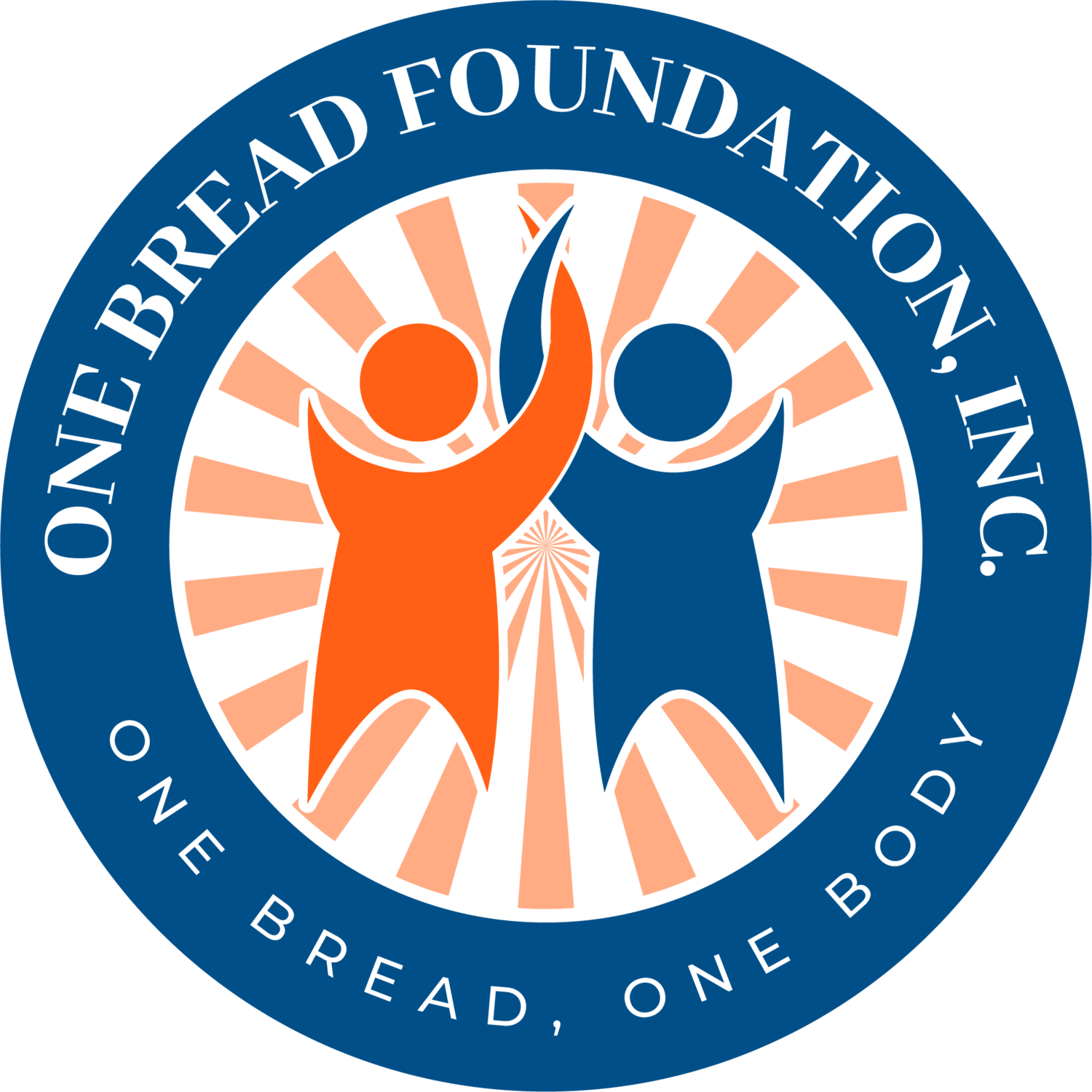By Constance Thum, Senior Contributing Writer
Edited by Hallie Carton, Contributing Editor
In the relative prosperity that most of us live in, the idea of a child working long hours in dangerous conditions, not to mention being enrolled in war efforts, is painful and unthinkable. However, this is the reality for child soldiers in countries facing political instability and deprivation. Human Rights Watch has reported that thousands of children and adolescents serve in government forces and armed opposition groups. For boys, they may be involved in front-line combat and suicide missions, while many girls are forcefully taken as sexual slaves. The age of child soldiers varies with some being as young as eight years of age. Some are coerced into joining, abducted against their will to be trafficked to war-torn regions, while others may be deceived into believing that joining armed groups may improve their livelihood. In comparison to forced labour and sexual exploitation, the topic of child soldiers is neglected in the fight against human trafficking. The failure to give the issue of child soldiers its due attention, coupled with the rapid increase in child solider levels since 2012, makes for a potent combination that threatens the lives and welfare of countless vulnerable, innocent children. With this knowledge, more should be done in three broad aspects: (1) stronger, comprehensive legislation, (2) rehabilitation and assistance, and (3) raising awareness and development aid.
From a macro perspective, an immediate step that should be taken is the strengthening of legislation against persons and bodies involved in human trafficking and the use of child soldiers. While defined as a war crime in international law, the recruitment of child soldiers remains an issue in many countries with weak state and legislative systems. It is critical that we increase penalties towards offenders, implement visa bans on officials known to recruit and use child soldiers, and withhold military assistance to foreign entities that recruit and use children as combatants to promote reform. Law enforcement can also be made more comprehensive through international cooperation for data collection. Although statistics are notoriously difficult to amass in conflict zones where violence is rife and verification methods are patchy, such measures are essential to identify areas or communities most at-risk of human trafficking. In doing so, more support can be given to these groups.
From the perspective of child soldiers and victims of human trafficking, rehabilitation and assistance is necessary to ensure these children can continue their lives as normally as possible. Central governments, local organizations, and international bodies like the United Nations may target affected communities to provide shelter, food, and counselling to address trauma from war and trafficking. Besides addressing the material and psychological needs of the affected children, grassroot groups may also facilitate the transition from childhood to adulthood especially in education and employment matters. These efforts would empower victims to become more independent in an effective and sustainable manner. Other initiatives may include special visas for former child soldiers that take into account their unique situation and enable them to seek the help they need.
Finally, advocacy and development aid must be included to address human trafficking. Raising public awareness about the realities of child soldiers and the long-term effects on their communities may spur political action if citizens apply pressure on their local governments and international organizations to combat human trafficking of child soldiers. Education initiatives about the warning signs of predators and the misconceptions about human trafficking among at-risk populations may also be a useful preventive measure. In the personal stories of child soldiers, it is evident that poverty is a major contributing factor to human trafficking. Consequently, development aid may keep children off the streets, reducing exposure to traffickers and making joining the armed forces a less attractive means of survival.
Ultimately, a triangulation of strategies in the three outlined areas would prevent the future recruitment of child soldiers and help formerly associated children regain their autonomy in a safe environment. It is equally important to remember that these strategies must take into account local nuances and not be applied rigidly in a way that further harms victims of trafficking.
References and further reading:
Human Rights Watch: Child Soldiers
Child soldier levels doubled since 2012 and girls’ exploitation is rising
In the Fight Against Human Trafficking, Child Soldiers Get Ignored
